-
iranian architect,iranain-architect,contemporary architectre of iran,معماری معاصر ایران,معمار ایرانی,معماری ایران,iranian architecture,Shiraz Art Museum,Shiraz, Fars,Iran,Alvar Aalto,موزه هنر شیراز,آلوار آلتو,شیراز,ایران,
source: www.architectuul.com
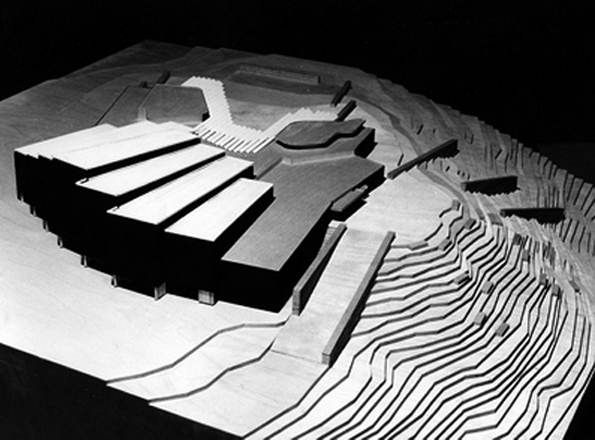
-
iranian architect,iranain-architect,contemporary architectre of iran,معماری معاصر ایران,معمار ایرانی,معماری ایران,iranian architecture,Shiraz Art Museum,Shiraz, Fars,Iran,Alvar Aalto,موزه هنر شیراز,آلوار آلتو,شیراز,ایران,
source: www.architectuul.com

-
iranian architect,iranain-architect,contemporary architectre of iran,معماری معاصر ایران,معمار ایرانی,معماری ایران,iranian architecture,Shiraz Art Museum,Shiraz, Fars,Iran,Alvar Aalto,موزه هنر شیراز,آلوار آلتو,شیراز,ایران,
source: www.architectuul.com

-
iranian architect,iranain-architect,contemporary architectre of iran,معماری معاصر ایران,معمار ایرانی,معماری ایران,iranian architecture,Shiraz Art Museum,Shiraz, Fars,Iran,Alvar Aalto,موزه هنر شیراز,آلوار آلتو,شیراز,ایران,
source: www.architectuul.com

-
iranian architect,iranain-architect,contemporary architectre of iran,معماری معاصر ایران,معمار ایرانی,معماری ایران,iranian architecture,Shiraz Art Museum,Shiraz, Fars,Iran,Alvar Aalto,موزه هنر شیراز,آلوار آلتو,شیراز,ایران,
source: www.architectuul.com

source: www.architectuul.com
source: www.architectuul.com
source: www.architectuul.com
source: www.architectuul.com
source: www.architectuul.com
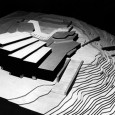
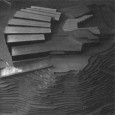
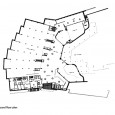
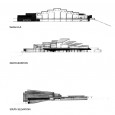
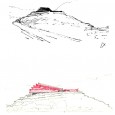
General Information
Name: Shiraz Art Museum
Location: Shiraz, Fars province, Iran
Architect: Alvar Aalto (Finnish Architect)
Date: 1969
Type: Museum
Description
This plan bears impressive testimony to Aalto's undiminished creative force and ability to come up with fresh ideas even in his seventies. It was Farah Diba, once a student of architecture, who suggested that Aalto should design this hilltop museum near the new university campus just outside the ancient south Persian city of Shiraz. Aalto visited the site in October 1969, and after a few days was ready to present the main characteristics of his plan, which he based on the local landscape and cultural milieu.
His customary attention to site contours, manifested in many different ways in his work, here directed his attention to the long, stepped terraces of the surrounding agricultural landscape, which he took as his model for the museum's external form. It consists of a cluster of longitudinal building volumes slightly angled in relation to one another, lined up irregularly and flanked by a partially covered, walled sculpture garden. The interior consists of a seemingly formless columned hall with no clear wall plan, related to a mosque type frequent in the Middle East.
Functionally, the plan consists of two levels: the basement contains parking, service space, and a restaurant, the main floor an auditorium and - as its dominant feature - an extensive, low anteroom from which the full breadth of the large, column-borne main hall -divisible into a variety of exhibition spaces- opens up. Lighting is through a system of intricate, decorative skylights. The idea was that the sculpture garden and the entire hill should be turned into a verdant, blossoming park by artificial irrigation.
References:
Alvar Aalto Official website
Farsi
Please click on the Link below to read the information in Farsi Language.
Click Here!


